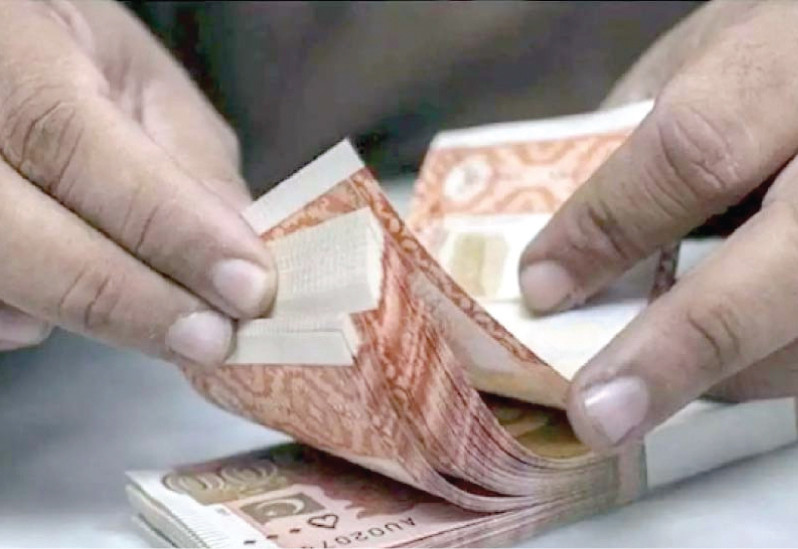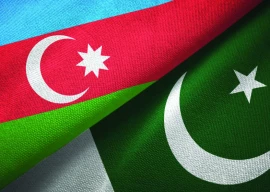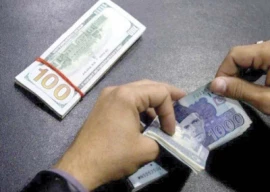
Foreign investment in rupee-based government debt securities namely treasury bills (T-bills) and Pakistan Investment Bonds (PIBs) is gradually gaining momentum, thanks to higher returns and a stable rupee-dollar parity.
The investment in foreign currencies has reached a net $35.6 million in the outgoing month of May, taking total inflows to $192 million in five months of 2024. They have helped stabilise the country’s foreign exchange reserves above $9 billion.
In a short commentary, Topline Securities CEO Mohammed Sohail said Pakistan attracted fresh portfolio investment in the wake of a “high interest rate and stable currency”.
“We think once Pakistan gets the new IMF loan deal, chances are high that more such funds will come to the country to buy high-yielding government papers, thereby providing short-term support to the foreign exchange reserves and the rupee,” he said.
Sohail recalled that earlier net foreign investment in T-bills stood high at $612 million in fiscal year 2019-20 when monthly inflows peaked at $1.4 billion in January 2020.
Background information suggests the government is paying a handsome return in the range of 20-21% on the rupee-denominated three-month, six-month and 12-month T-bills despite a nominal drop in recent times.
The return stays high as the central bank has maintained its key policy rate at a record peak for the past 11 months. Earlier, it jacked up the rate by 15 percentage points over a period of three years.
Besides, the rupee-dollar parity has largely remained stable at Rs277-278.50 for the past couple of months, encouraging foreign investors to freely invest and pull out.
There is immense pressure on the central bank to cut the policy rate in the next monetary policy meeting scheduled for June 10 based on the outlook of a lower inflation, which is expected to dip to a two-year low in the range of 13.5-14.5% in May.
Some experts foresee the rate cut in the range of 100 to 200 basis points (bps). However, some others remain stuck to their old stance that the central bank will leave the rate on hold until the country secures a new IMF programme, potentially in June-July this year.
In any case, there is consensus that the rate reduction will be insignificant and the return on T-bills will stay high till a deeper cut of 500 to 600 bps is made in the policy rate over the next one year or so.
There is also speculation that the rupee will depreciate further to meet the IMF’s condition. Experts are of the view that the currency will remain stable till the end of June and may start a gradual depreciation from July onwards.
KIBOR ticks down
The Karachi Inter Bank Offered Rate (Kibor) – at which banks lend money to each other – decreased on Thursday following a reduction of up to 60 bps in T-bills’ yields.
Financial markets strongly believe that the central bank will make the first cut in policy rate in June after a gap of over three years.
Three-month Kibor dropped 25 bps to 21.09% while six-month Kibor fell 18 bps to 21.07%, according to Arif Habib Limited.
In the auction of T-bills on Wednesday, the cut-off yield on three-month papers decreased 60 bps to 21%. On six-month bills, the yield dipped 29 bps to 21% while the return on 12-month papers shrank 31 bps to 20.10%.
In the secondary market, the yields dived up to 44 bps on Thursday following the auction in the primary market.
Published in The Express Tribune, May 31st, 2024.
Like Business on Facebook, follow @TribuneBiz on Twitter to stay informed and join in the conversation.



























COMMENTS (1)
Comments are moderated and generally will be posted if they are on-topic and not abusive.
For more information, please see our Comments FAQ